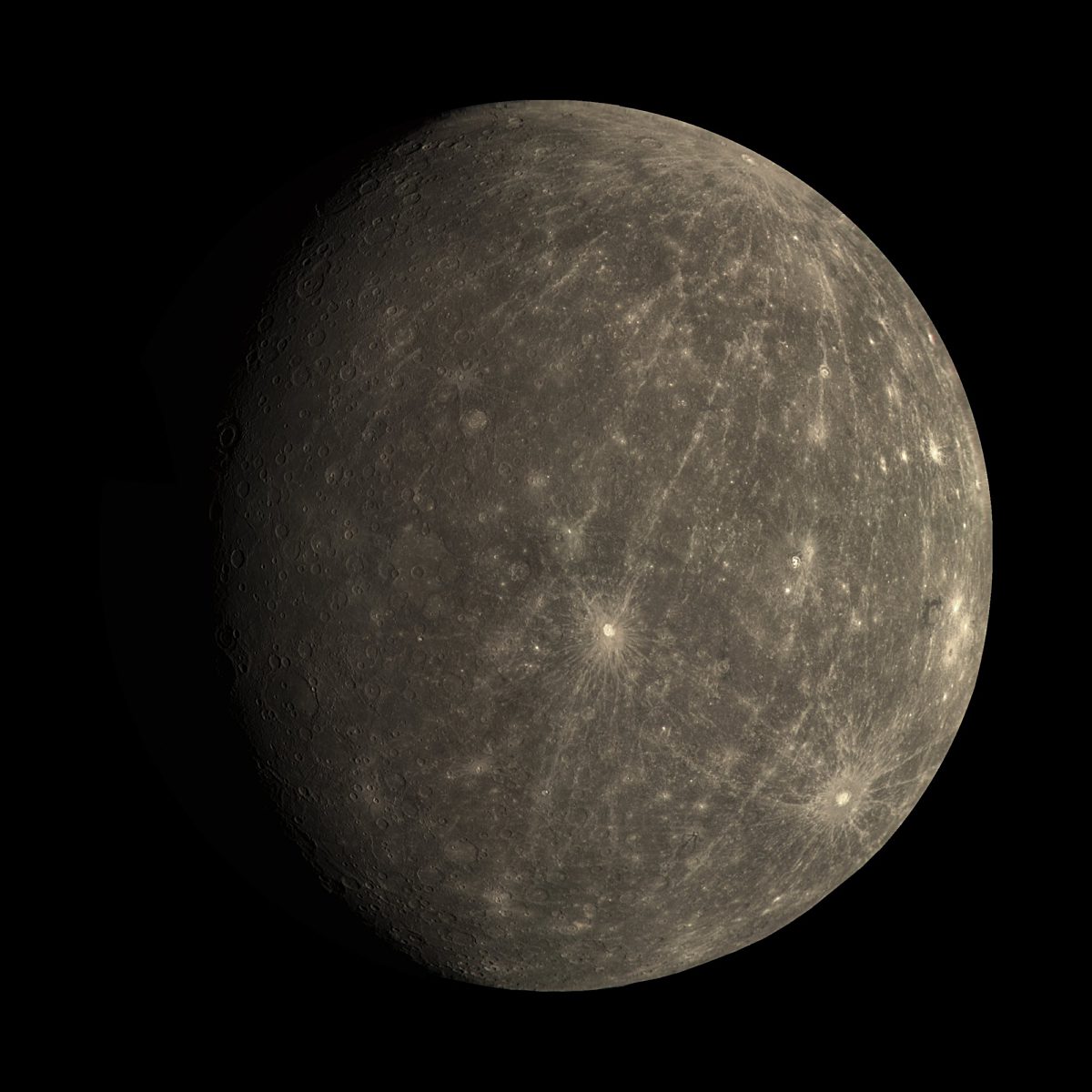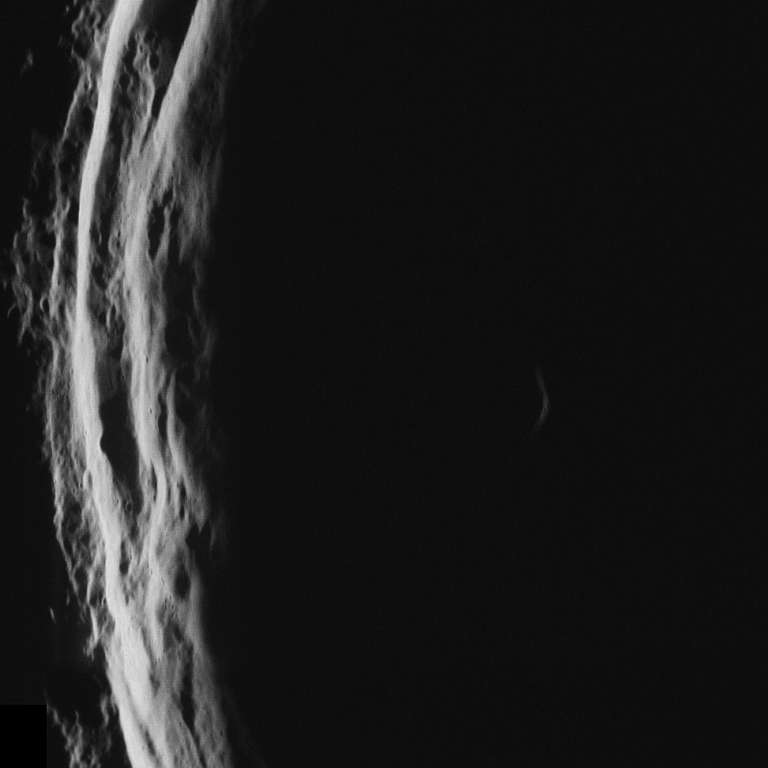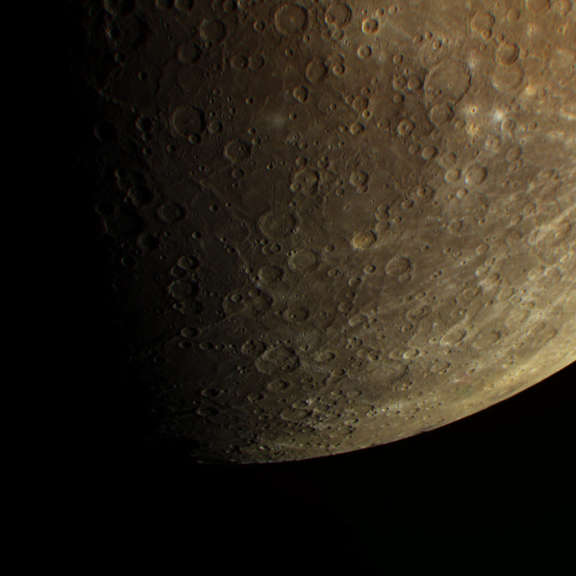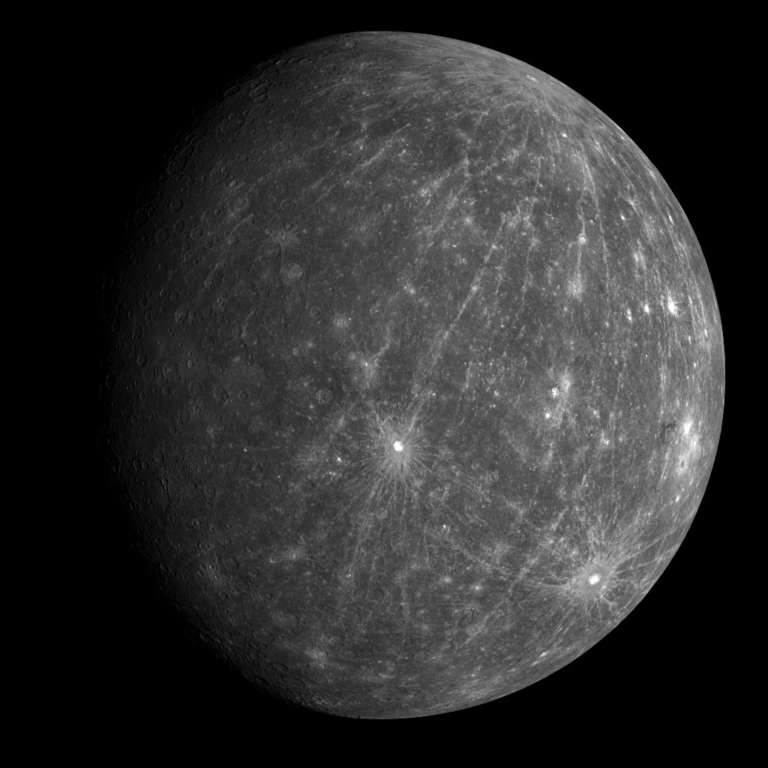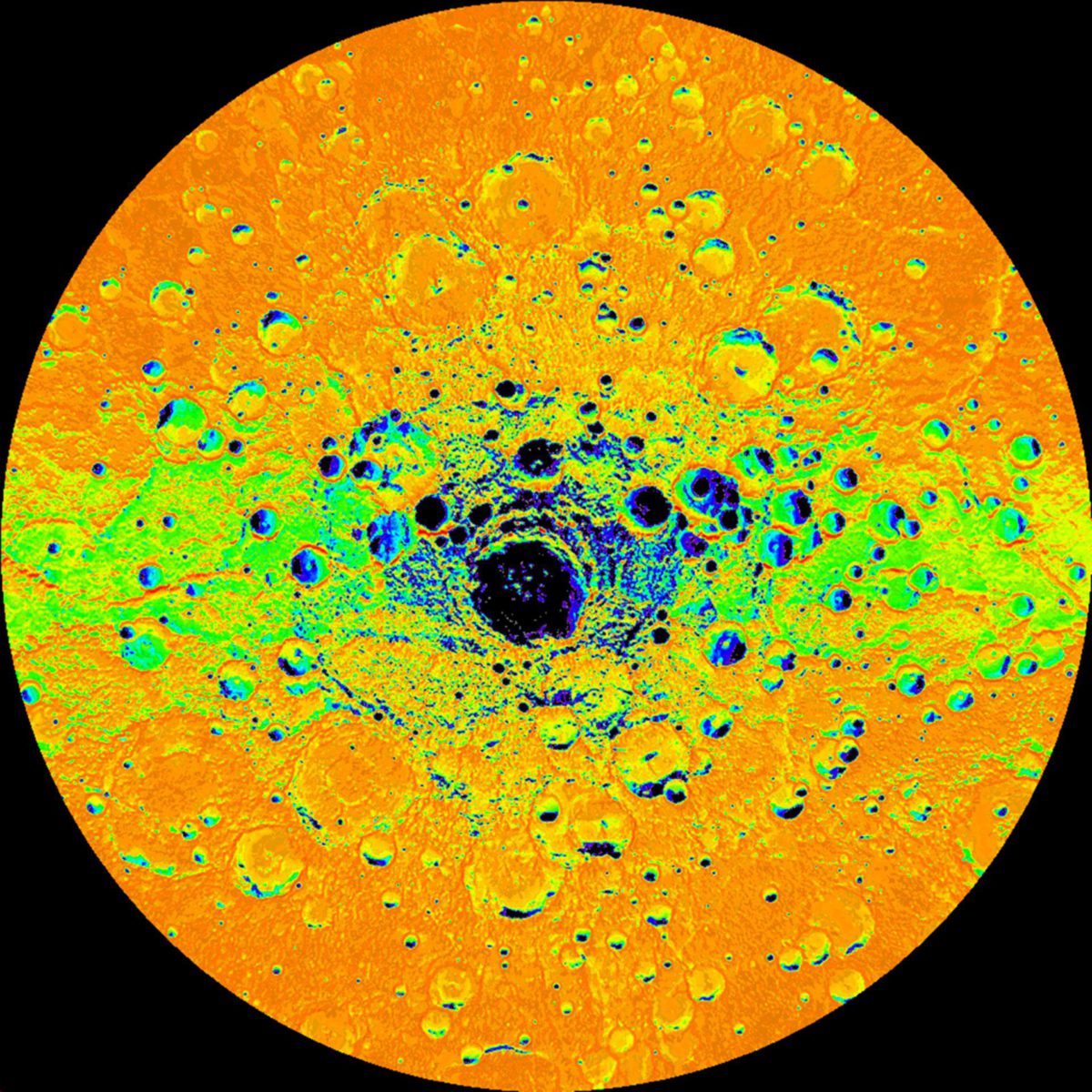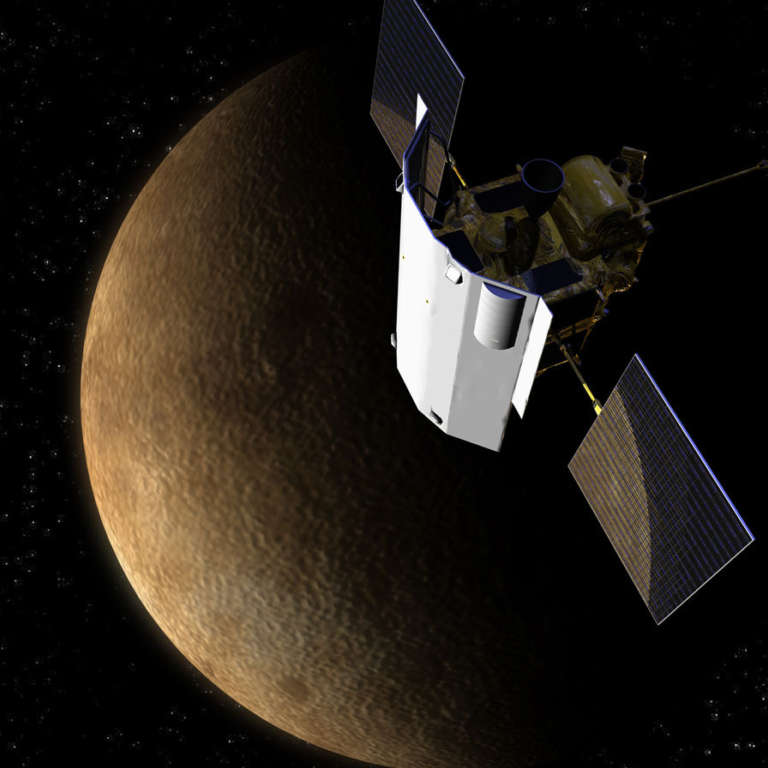All
All
Stories, updates, insights, and original analysis from The Planetary Society.
DPS 2013: Some quick updates on Mercury
Some notes from the first day of the Division for Planetary Sciences meeting on Mercury.
New Messages from Mercury
We have new pictures from planet one.
Terra Cognita
Pushing back the frontier, and filling in the blank spaces on the map.
Earth and Moon from MESSENGER
A new picture of the Earth-Moon system from MESSENGER, taken the same day we were told to
Return of the Pale Blue Dot
You can be part of a planetwide group photo as Cassini and MESSENGER turn their cameras Earthward on July 19.
A New Dimension for Mercury
There's a cool new way to explore the first planet.
The Shores of the Kraken Sea: Great Place Names in the Solar System
Nothing reflects the romance of deep space exploration more than the evocative names of places on the planets and moons.
Dueling Desolations: Mercury vs. the Moon
They look so similar they can be hard to tell apart, but each hides its own mysteries.
Planetary Society Weekly Hangout (Special Time): MESSENGER at Mercury with Larry Nittler, Fri May 3 5pm PDT / midnight UTC
Note the special time! In this week's Planetary Society hangout at 5pm PDT / midnight UTC, I'll talk with MESSENGER deputy principal investigator Larry Nittler about what MESSENGER has accomplished in its prime and extended missions at Mercury, and what it stands to do if awarded a mission extension.
One Day in the Solar System
Dispatches from five different worlds--all sent by robotic spacecraft on the same day.
LPSC 2013: Seeing in Permanent Shadow
The case for water ice hidden in permanently shadowed regions at the north pole of the planet Mercury received another boost recently. On Wednesday March 20, 2013 at the Lunar and Planetary Science Conference, Nancy Chabot presented the very first visible-light images of what is in the shadows of these polar craters.
Messages of Wonder
Some lovely, rarely-seen images from the MESSENGER mission.
Looking ahead to spacecraft activities in 2013
2013 is going to be a busy year in space exploration. Two missions launch to the Moon (LADEE and Chang'E 3), and another two to Mars (MAVEN and India's mission). Curiosity should drive to the Mountain, and Opportunity to the next site on Endeavour's rim. Cassini will be seeing rings and Titan. Others should continue routine operations, except maybe MESSENGER, whose fate after March is not yet decided.
Isostasy, gravity, and the Moon: an explainer of the first results of the GRAIL mission
Last week the GRAIL mission published their first scientific results, and what they have found will send many geophysicists back to the drawing board to explain how the Moon formed and why it looks the way it does now. To explain how, I'm going to have to back way up, and explain the basic science behind gravity data.
Water ice and organics at Mercury's poles
Water ice at Mercury's poles? That's crazy, right? The MESSENGER team has made a very good case that radar-bright material seen by the Arecibo telescope is, in fact, water ice, covered in most places by a veneer of dark organic material.
Notes from the Lunar and Planetary Science Conference: Is there ice at Mercury's poles?
Water ice at Mercury's poles? That's crazy, right? Mercury is so close to the Sun that it seems inconceivable that you could have water ice there. But Mercury's rotational axis has virtually no tilt (MESSENGER has measured its tilt to be less than 1 degree), so there are areas at Mercury's poles, most often (but not always) within polar craters, where the Sun never rises above the horizon to heat the surface.
Notes from Day 3 of the EPSC/DPS meeting (all about MESSENGER)
Today I largely spent in the MESSENGER sessions. They have a lot of data to talk about.
Early MESSENGER science results: Mercury is its own planet, not Moon or Earth
There was a press briefing today giving some early science results from MESSENGER and it was surprisingly meaty. I'm going to focus on just one set of the results that they presented.
Mercury's Weird Terrain
When Mariner 10 flew past Mercury, it caught an immense impact basin lying half in and half out of sunlight, which they named Caloris. Even with only half the basin visible, scientists knew it was one of the largest in the solar system. Geologists had to wait more than 25 years to see the rest of Caloris, and when they did it turned out to be even bigger than they had thought. But the fact that Caloris was only half in sunlight was fortuitous in one sense, because it meant that the spot on Mercury that was exactly opposite the area of the Caloris impact was also partially in sunlight. That spot looks weird.
365 Days of Astronomy Podcast: What's up in the second quarter of 2011
Regular readers of this blog will find the content of today's 365 Days of Astronomy Podcast familiar, because it's an update on what the solar system exploration spacecraft are up to, based on my monthly


 Explore Worlds
Explore Worlds Find Life
Find Life Defend Earth
Defend Earth


 Sun
Sun Mercury
Mercury Venus
Venus Earth
Earth Mars
Mars Jupiter
Jupiter Saturn
Saturn Uranus
Uranus Neptune
Neptune Small Bodies
Small Bodies